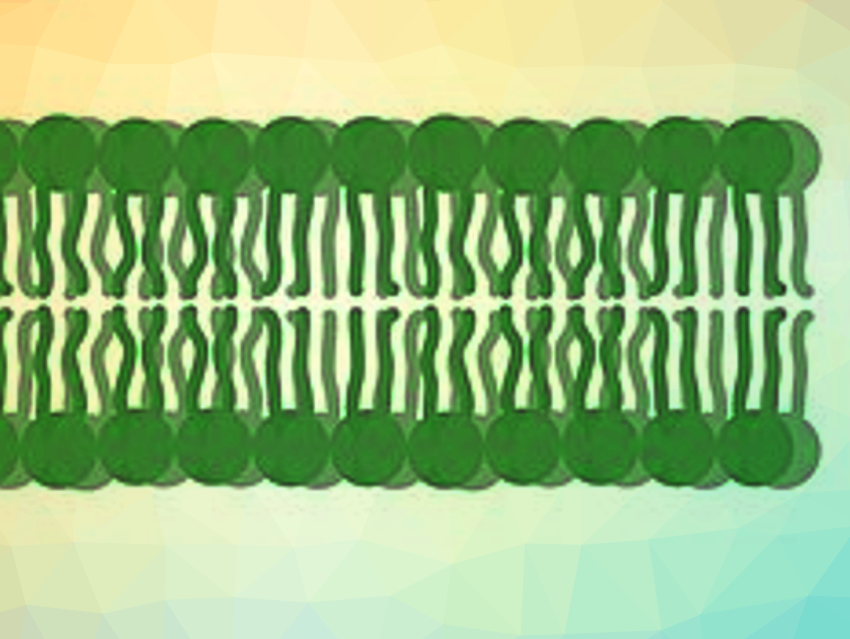Microplastics are everywhere, in the oceans, in the air, in the Himalayan snow, and even in the human placenta. The impact of plastic pollution on living organisms is a highly debated topic. Jean-Baptiste Fleury, Universität des Saarlandes, Saarbrücken, Germany, and Vladimir A. Baulin, University Rovira i Virgili, Tarragona, Spain, have found that microplastics stretch the membranes of artificial cells and human red blood cells and by this are severely affecting their mechanical stability.
Vladimir Baulin has developed a mathematical model that shows how plastic particles act on cell membranes. Microplastic beads of 1 to 10 μm adsorb to lipid membranes. Each particle adsorbed to the membrane consumes a surface area that is proportional to the contact area between the particle and the membrane. Lipid membranes are liquid and able to accommodate mechanical stress. However, the relaxation time is much slower than the adsorption rate. This causes the membrane to contract around a particle. This effect leads to mechanical stretching of the cell membrane and a strong reduction of the membrane’s lifetime.
Jean-Baptiste Fleury used microfluidics to create a model of a human cell membrane and red blood cells, and measured the tension of these membranes when in contact with microplastics. These experiments confirmed that the theoretical model can quantitatively predict the increase in cell membrane tension.
In addition, the scientists found that the plastic particles never stayed in one place on the cell membrane. They were moved by constant diffusion. Fleury and Baulin suggest that this diffusion is the cause of the persistent tension on the cell surface, preventing the mechanical relaxation of the cell.
- Microplastics destabilize lipid membranes by mechanical stretching,
Jean-Baptiste Fleury, Vladimir A. Baulin,
Proceedings of the National Academy of Sciences 2021, 118 (31).
https://doi.org/10.1073/pnas.2104610118




